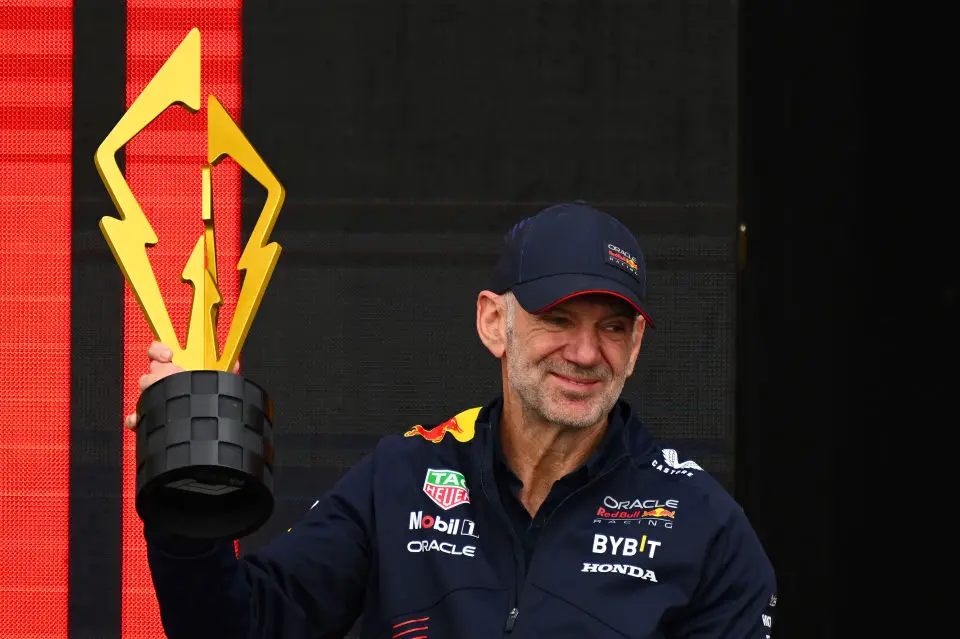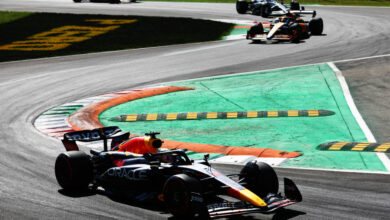Red Bull’s RB19: Unveiling the Strategic Weakness Behind Verstappen’s Championship Triumph
In an insightful revelation, Red Bull’s chief designer Adrian Newey disclosed a deliberate weakness in the RB19’s front section, a factor in Max Verstappen’s third championship win. Despite its impact on qualifying rounds, this strategy played a pivotal role in race day performance, aligning with the 2022 aerodynamic rules.
Key Takeaways:
- Front End Challenges: The RB19, while dominant overall, showed limitations in its front section during qualifications. This was evident as Verstappen secured 13 pole positions compared to 19 race wins, indicating a strategic focus on race day performance.
- Strategic Design Choices: Adrian Newey acknowledged this weakness as a calculated risk. The design prioritized race day dynamics over single-lap qualifying prowess, a decision aligned with the 2022 aerodynamic regulations.
- Adapting to New Regulations: Initially skeptical, Newey leveraged the 2022 rules as an opportunity. Red Bull’s expertise, particularly in ground effect aerodynamics, allowed them to excel under these new conditions, proving their adaptability and strategic foresight.

In the 2023 F1 season, the Red Bull RB19 emerged as a formidable force, guiding Max Verstappen to his third championship victory. Despite its impressive performance, the vehicle harbored a nuanced shortcoming in its front section. This was not a design flaw but a conscious strategic decision, highlighting the team’s focus on overall race dynamics rather than single-lap qualifying speed.
A significant challenge for the RB19 was heating the front tyres efficiently during the initial laps of qualifying rounds. This issue was integral to Red Bull’s broader strategy, as Newey explained in an interview with The Race: “That has to do with how we designed the car. We considered the importance of performance in the race more important than performance in qualifying.”
This approach was heavily influenced by the aerodynamic rule changes introduced in 2022, aimed at facilitating closer racing and easier overtaking. Newey elaborated on this decision: “When we designed the car in 2021, we decided to make the race more important than the performance over one lap. After all, overtaking would become easier, which meant that qualifying would become slightly less important than in the past. That choice seems to be a good one. have worked out.”
Although initially skeptical, Newey and his team adapted brilliantly to the new regulations. Their deep understanding and innovative application of ground effect aerodynamics played a crucial role in this success. Red Bull’s performance in 2023 was nearly unparalleled, with the team winning all but one race. Carlos Sainz’s victory in Singapore was the only exception.
Looking ahead to 2024, the Austrian team anticipates a more competitive field. However, their ability to strategically adapt to changing regulations and focus on race day performance positions them well for continued success in the dynamic world of Formula 1 racing.



